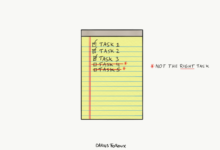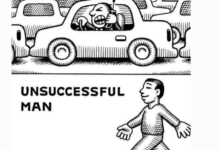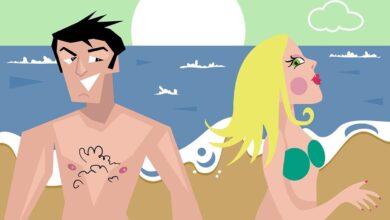
Masks and Physical Distancing: Why Two Interventions Are Better Than One
- Studies show that mask wearing and social distancing can help slow the spread of COVID-19.
- Previously, it was not known how effective it would be to combine the two. Researchers studied this question by using a network model.
- A network model can look at how individuals interact with each other to spread the disease.
- They found that the combination of the two interventions is more effective than either alone in preventing the spread of COVID-19.
Studies indicate that steps like mask wearing and physical distancing can help stem the spread of COVID-19.However, it was not known exactly how effective these safety measures are when used at the same time.In an attempt to study this question, researchers from New York University and Politecnico di Torino in Italy created a network model.What they found in their study was very encouraging.
According to Alessandro Rizzo, PhD, and Maurizio Porfiri, PhD, two of the researchers who worked on the study, the combination of these two measures would be sufficient to halt the spread of the virus, if applied rigorously by more than 60 to 70 percent of the population.This was an improvement over either measure alone, which would require nearly universal compliance.
The study authors chose to use a network model approach to study the problem.Rizzo explained a network model by saying, “The population is represented by a set of nodes connected by edges, which represent contact potentially leading to infection.”“You can think of a network as a grid whose intersections are people and whose segments are contacts that occur between them,” said Rizzo.Network models can be used for many diverse applications, such as marketing or bird migrations.In this particular study, their model was based on a “susceptible, exposed, infected, or removed (recovered or died) framework.”Each node in the model represented an individual’s health status, while the edges represented potential contacts between individuals.Porfiri said that with this type of modeling, it’s easy to include both drug and non-drug interventions, such as masks and physical distancing.“For example, by acting on the edges of the network, it is possible to intervene on the transmission of the virus, and acting on the nodes can simulate vaccinations,” he explained.The team used cellphone mobility data and Facebook surveys from the Institute for Health Metrics and Evaluation at the University of Washington to complete the model.Because the data showed a tendency for people who wear masks to also reduce their mobility, the researchers split the nodes into those who regularly wore masks and physically distanced and those who didn’t.
“Neither social distancing nor mask wearing alone is likely sufficient to halt the spread of COVID-19, unless almost the entire population adheres to the single measure,” Porfiri said in a press release.“But if a significant fraction of the population adheres to both measures, viral spreading can be prevented without mass vaccination.”Their model found that rigorous compliance would be needed for around 60 to 70 percent of the population if both measures were applied.The authors wrote in their study that this goal is a more “achievable” scenario than the high degree of compliance that would be needed with either measure alone.According to Firas Zabaneh, MT (ASCP), CIC, CIE, director of system infection prevention and control for Houston Methodist Hospital in Houston, Texas, it makes sense that combining both mask wearing and social distancing would obtain better results.“Successfully controlling the spread of infectious diseases has always followed a set of interventions rather than relying solely on one magical intervention,” he said.Zabaneh further explained that this is one of the basic principles of infection control, called a “care bundle,” which is practiced in hospitals around the world.“Every intervention we apply provides an additional level of protection,” said Zabaneh.“In other words, every intervention we add is intended to fill the gaps that other interventions were not able to block.”
While widespread compliance with these two public health measures could slow the spread of COVID-19, Zabaneh noted that relying on those alone would come with “enormous societal and economic costs.”“The vaccine gives us the edge we need to eventually stop the epidemic. Herd immunity is the ultimate goal,” he said.Zabaneh further cautioned that “patience is truly a virtue.”“I know that our society is eager to resume a normal existence. However, we are so close now to stopping this horrific epidemic and we must not throw caution to the wind,” he said.He added, “We must continue to follow science-based intervention and gradually ease restrictions.”







